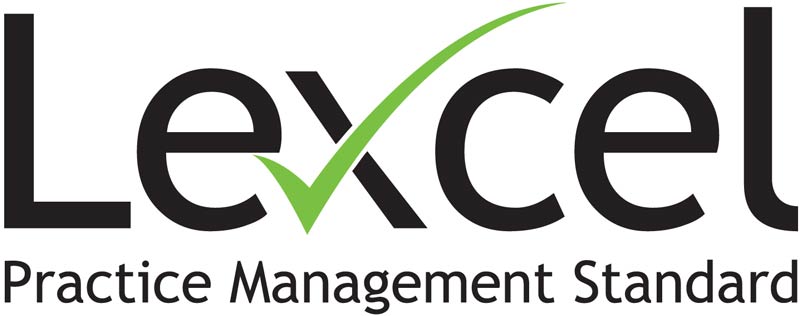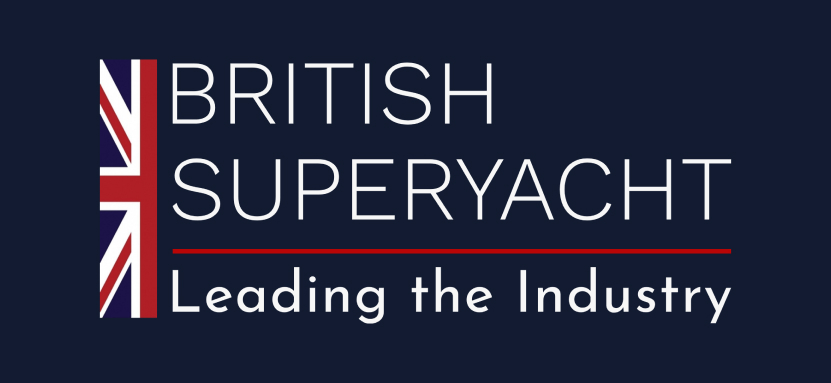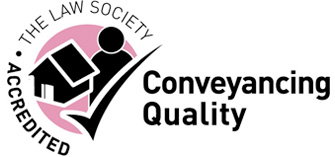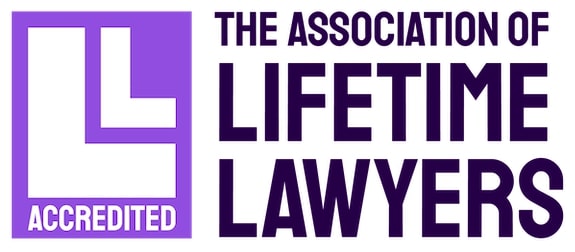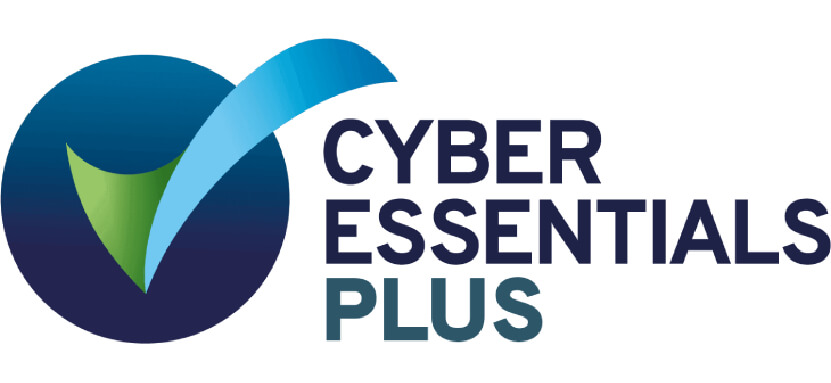What is the conveyancing process?
Conveyancing is the legal process of transferring the ownership of a property or land. Whether you are buying or selling, understanding the conveyancing process is essential. Not only can it help you avoid costly mistakes, but it can also speed up the entire transaction by preparing you for each stage.
The conveyancing process differs slightly depending on whether you are buying or selling. Below, we’ve outlined both methods to help you understand what to expect and how to prepare.

The conveyancing process for sellers
- Initial steps
• Firstly, contact a trusted or referred conveyancer who will confirm their terms and fees upfront.
• Provide proof of identity and details of any existing mortgage for your conveyancer. Your conveyancer must conduct due diligence to verify your identity as part of the current anti-money laundering regulations.
• Complete the required initial forms, such as the Property Information Form and Fixtures and Fittings Form. Leasehold properties require additional documentation. You must locate the title deeds if your property is not registered with the Land Registry. - Preparation of contract
• Your conveyancer will obtain the property title documents from the Land Registry and draft the contract.
• These documents and your completed forms are sent to the buyer’s conveyancer. - Responding to enquiries
• The buyer’s conveyancer will review the contract and raise any questions.
• Work with your conveyancer to provide accurate responses and any required additional documentation. - Exchange of contracts
• Once all enquiries are satisfied, a completion date is agreed upon.
• Contracts are exchanged, legally committing both parties to the sale.
• Your conveyancer will request a settlement figure for your existing mortgage if applicable. - Completion
• You must vacate the property on the agreed date and hand over keys, typically through the estate agent.
• The buyer’s conveyancer will transfer the funds to your conveyancer, who pays off any remaining mortgage, estate agent fees, and their own fees.
• The remaining proceeds are transferred to you.
The conveyancing process for buyers
- Instruction and initial steps
• Choose a conveyancer who will confirm terms and fees.
• Provide proof of your identity and source of funds.
• If needed, apply for a mortgage and arrange for a survey to be carried out. - Reviewing contract papers
• The seller’s conveyancer provides a draft contract and supporting documents.
• Your conveyancer reviews these, raises questions or concerns, and orders searches relevant to the property. - Property searches and mortgage offer
• Your conveyancer will conduct searches (e.g., local authority, drainage, environmental) to ensure the property has no hidden issues.
• Your conveyancer will review and approve your mortgage offer’s results and terms. - Exchange of contracts
• Once all questions are resolved, a completion date is agreed upon.
• You pay the deposit (usually 10%), and contracts are exchanged, legally binding both parties. - Completion
• Your conveyancer requests mortgage funds from your lender and prepares final statements.
• On completion day, funds are transferred to the seller’s conveyancer, and you receive the keys to your new home. - Post-completion
• Your conveyancer pays any Stamp Duty Land Tax due and applies to register your property ownership with the Land Registry.
• You receive confirmation of the property being officially registered in your name.
Residential vs commercial conveyancing process
The key distinction between residential and commercial conveyancing lies in the purpose of the property for sale: homes for personal living or offices, shops, warehouses, and hotels for business. Residential conveyancing is typically more straightforward, with fewer parties and less negotiation. Commercial conveyancing involves detailed legal investigations such as lease agreements, planning permission, and sometimes environmental compliance. Companies or partnerships are often involved, too, which adds a layer of legal and financial complexity and can extend the process over several months. Scott Bailey’s expert property solicitors are highly experienced in residential and commercial conveyancing and will guide you through the process, helping you complete your transaction smoothly and efficiently.
How long does the conveyancing process take?
The length of the conveyancing process can vary depending on the complexity of the transaction, the number of parties and the specific circumstances involved. On average, it takes 8 to 12 weeks to complete a property purchase or sale in the UK. However, in some cases, it can be significantly faster; in others, it can take much longer. Several factors can affect the conveyancing timescale:
- The complexity of the transaction: A straightforward sale or purchase with no chain and clear legal documents has been known to complete in as little as 4 to 6 weeks, whereas transactions involving large or complicated chains can take several months, especially if issues arise with any linked property sales.
- The parties involved: Cooperation from all parties (buyers, sellers, lenders, solicitors and when applicable, Leasehold Management Companies) is crucial. Delays are more likely when communication breaks down, or information is not provided promptly.
- Unforeseen issues: Problems such as missing planning permissions, title disputes, or unfavourable survey results can extend the process.
- Local searches: Delays in obtaining local authority search results are common, with some councils taking up to 6-8 weeks to respond due to backlogs.
- Market conditions: High demand in the property market or broader issues like resource shortages can extend average timescales.
At the point of writing this content (April 2025), the conveyancing process is taking longer than usual, and many people are experiencing delays. This is due to the backlog still caused by COVID-19, the pressure this has put on local authorities, and the general volume of transactions.
Conveyancing process timeline
The conveyancing process usually takes between 12 and 20 weeks. The process is divided into several key stages, the duration of each varying due to the parties involved, the complexity of the transaction and external factors such as local authority delays. Here is a breakdown of the typical timeframes for each stage:
Stage 1: instruction – 1 day to 2 weeks
Appointing a solicitor or conveyancer can take as little as a day if you already have a relationship with a solicitor or firm or are given a referral, and with quick provisions of relevant documents, like ID and property details. It takes a little longer if you need to find a solicitor or prepare documents.
Stage 2: pre-exchange – 4 to 12 weeks
This is the stage at which the buyer’s solicitor will conduct searches, review contracts, raise any necessary enquiries, and provide a property report.
Stage 3: exchange of contracts – 1 day
This is a straightforward but critical stage, during which the deposit is transferred and both parties sign the contracts, making the transaction legally binding. Usually, this is done within one day.
Stage 4: pre-completion – 1 to 4 weeks
The period between exchange and completion allows time to prepare for the handover. The timeline here often depends on the parties’ agreement and logistical needs.
Stage 5: completion – 1 day
On completion day, the total funds are transferred, keys handed over, and property ownership officially changes. This process usually concludes by midday.
Stage 6: post-completion
Once the property has changed ownership, the conveyancer will ensure that stamp duty land tax is paid and the property is registered with the Land Registry. These administrative tasks can take a few weeks but do not affect the buyer’s ability to occupy the property.
Conveyancing process flowchart

Can you change your solicitor during the conveyancing process?
Yes, it is possible to change your solicitor during the conveyancing process. It is essential to have a reliable and knowledgeable professional by your side when buying or selling a property, and poor communication or unnecessary delays caused by your conveyancer should not be taken lightly.
However, to avoid additional delays or costs, it is crucial to communicate openly with your current solicitor. Ask for all relevant documentation to be quickly handed over and for your final invoice to be prepared so you can settle it as soon as possible.
At Scott Bailey Solicitors, we strive to provide excellent communication and efficient service, ensuring that switching solicitors is unnecessary. The high volume of positive reviews we receive from our clients is a testament to this. If you’re experiencing difficulties, we’re here to help.
What is the conveyancing process for properties bought at auction?
Buying a property at auction differs from traditional transactions due to tighter timelines and the need for additional preparation before bidding. Here’s a breakdown of how the process usually works:
- Before the auction
• Legal Pack Review: Obtain and review the property’s legal pack, which includes the title deeds, searches, and contract of sale. Carefully reviewing this information will help identify any legal issues.
• Arrange a Survey: It is vital to arrange for a survey to assess the property’s condition before bidding.
• Finance Arrangements: Ensure you have funds ready. A 10% deposit is typically required on auction day, and the balance is usually due within 28 days. - On auction day
• If your bid wins, you must immediately pay the deposit and sign the sale contract, so it’s essential to prepare yourself so you know what to expect. If you are the winning bidder at the auction, you are contractually bound to purchase the property, so you must be confident that your funding arrangements will be in place for completion. - Post-auction
• Now, your solicitor will handle the remaining conveyancing tasks, including title transfer and drawing down your mortgage (if applicable).
At Scott Bailey Solicitors, we specialise in auction conveyancing and can help you navigate tight deadlines and legal complexities to ensure a smooth process.
How to speed up the conveyancing process
Delays when buying or selling your house can be very frustrating, but there are some steps you can take to keep the process moving:
- Prepare your ID, address proof, and property documents in advance.
- Obtain a mortgage in principle: This shows sellers you are serious and reduces delays during financial checks.
- Respond quickly: Promptly provide your solicitor with any requested information or documents and ensure you stay in touch with your solicitor, estate agent, and any other parties to ensure everyone is on the same page.
- Instruct an experienced solicitor: Make sure you choose a proactive and knowledgeable solicitor to assist you.
At Scott Bailey Solicitors, we have the expertise to anticipate potential issues and keep your transaction on track. Do reach out to us today if you are in need of conveyancing assistance.


